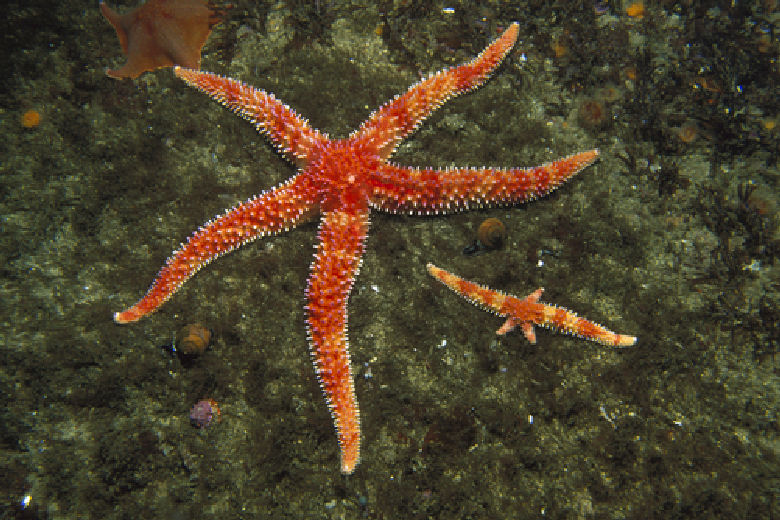214.WHAT IS REGENERATION?
Wouldn’t it be wonderful if people who lost an arm or a leg or even a finger in an accident could simply grow another one in its place? Human beings can’t do this, but there are living creatures who can! The process by which such organisms can replace structures or organs is called regeneration.
Regeneration varies quite a bit among these creatures. For example, in certain types of worms and in starfish, a tiny part of the body can restore the whole organism. If only a small piece is left, a whole new body will grow!
At the other extreme, we have a kind of regeneration that takes place in our own bodies. The top layer of our skin is constantly being worn off in small bits and replaced by other cells. Our hair and nails are replaced all the time. Even our second set of teeth is a kind of regeneration. And, of course, there is the shedding of feathers and fur and scales among animals, all of which are replaced by a process of regeneration.
The more complicated the organism (and man is a very complicated organism ), the less it is able to regenerate. Man, and all mammals, cannot restore an entire organ. But creatures such as salamanders and insects can regenerate a whole limb. What we can regenerate really amounts to repairing damages such as bone fractures, skin and muscle injuries, and some kinds of nerves.
Regeneration takes place in two ways. In one case, new tissue grows from the surface of the wound. In the other, the remaining parts are transformed and reorganized, but new material does not grow.
When new, material is grown (such as a limb), it takes place in this way. A regeneration “bud” is formed at the surface of the wound. It is usually cone-shaped and contains an embryonic type of cell, or cells, of the type that were present at the birth of the creature. These cells develop into specialized cells to form the new organ, and as they grow, a new organ is gradually formed!



Leave a Reply